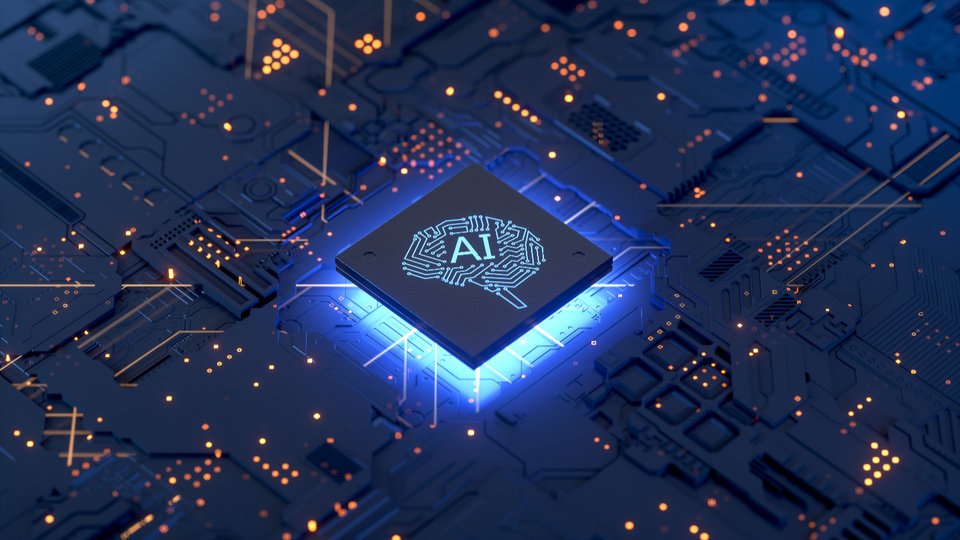AI
AI overload: The good, the bad, and the ugly impact on customer experience
With 92% of businesses leveraging AI-driven personalization for growth, and 62% of leaders noting enhanced customer retention, the power lies in AI's ability to analyze extensive data, allowing retailers to deliver tailored products based on individual preferences and interactions.

April 23, 2024 by Tomer Azenkot — CEO, Vee24
Many companies today depend on artificial intelligence to handle customer interactions online. From chatbots and voice assistants to recommendation engines, brands are integrating AI wherever they can, and for good reason.
With 92% of businesses leveraging AI-driven personalization for growth, and 62% of leaders noting enhanced customer retention, the power lies in AI's ability to analyze extensive data, allowing businesses to deliver tailored products or services based on individual preferences and interactions.
AI can be a home run for the customer experience. It can handle multiple queries at once and provide real-time order updates, freeing up agents to handle more pressing service requests.
However, as with any powerful tool, there is a fine line between being productive and counterproductive — and sometimes AI strikes out.
While CX automation brings undeniable advantages, there's a silent threat — an over reliance on it risks diminishing genuine customer engagement where human interaction is critical.
Person-to-person engagement is what truly builds authentic connections. Considered purchases or involved customer service is a brand or retailer's opportunity to drive sales and ensure lasting customer satisfaction. While AI has its place, it should be used alongside human expertise to give customers the right tool at the right stage of the customer journey.
A time and place for AI
Let's look at an example of positive and negative use cases for AI:
Imagine eagerly awaiting the arrival of your newly ordered running shoes. Instead of navigating through web pages for shipping details, a helpful AI-powered chatbot appears. You ask about the order status and delivery date.
In a matter of seconds, the chatbot efficiently retrieves the information, saving you the time and effort it would have taken to locate it manually. This interaction not only expedites the process of checking the shipping ETA but also contributes to an improved overall digital shopping experience.
Now, envision yourself shopping online for a luxurious high-end watch for your spouse. As you ponder specific questions about its intricate craftsmanship, a welcoming AI chatbot takes the lead, prompting you to initiate the conversation. Seeking expert advice, you engage with the chatbot, aiming to gain insights into the watch's movement mechanism
However, when you ask the chatbot for details, it responds with a basic, pre-programmed answer like, "The movement mechanism is a complex system that powers the watch." Unfortunately, it fails to provide specifics such as the movement type (automatic, manual, or quartz), the number of jewels, or proprietary features enhancing precision. As a result, the chatbot's lack of expertise leaves you frustrated, craving the nuanced information only a knowledgeable sales associate can provide.
The absence of human knowledge and guidance here hinders the customer experience and calls out the limitations of AI and automated problem-solving.
While AI shines in many online interactions, it's not a one-size-fits-all solution; there are moments when the human remains irreplaceable in fulfilling a customer's needs. Brands must create a digital customer experience that instills confidence in the buyer's journey from discovery to purchase by incorporating both AI and human touchpoints.
Better first impressions make lasting connections
What's the secret to converting customers into buyers?
In the past, e-commerce businesses may have answered with the quality of their product or service, but that is no longer the case. The factors influencing customers to choose one brand over another have shifted, and now, it's all about delivering an exceptional customer experience.
A recent report states that 77% of businesses say consumer expectations for effectively engaging with them digitally have increased over the past year, while 81% of businesses recognize CX as a competitive differentiator.
Of the 74% of consumers who engaged with a chatbot, 64% reported a negative experience, citing the most troubling issues are the bots failing to answer the customer's question and/or misunderstanding intent.
While chatbots have faced challenges in providing satisfactory customer experiences, video chat has emerged as a preferred means of connection over chat, phone calls, and emails.
For instance, DFS, the UK's largest furniture retailer, saw customer satisfaction scores soar above 90% with virtual shopping consultations, outperforming traditional phone service. Video support also boosted users' average order value by 15% compared to text-based support.
As AI continues to advance, it's clear that human touch remains unmatched in ensuring customers feel confident, valued, and satisfied across any digital channel of their choice when engaging with a company.
Balancing AI and human touch with omnichannel customer engagement
Customers do not stick to one way of connecting with brands anymore. They are everywhere — tweeting, emailing, calling, DM'ing, and even popping into physical stores. To meet this demand, brands must seamlessly transfer engagements across channels — from chatbots to a live human, customer service to sales, virtual to in-store.
As brands embrace omnichannel strategies, caution is key. Relying too heavily on automated customer service risks dissatisfaction, particularly for customers seeking personalized assistance and swift resolutions from human agents. This poses a sales risk and undermines customer loyalty.
When automated tools give irrelevant responses and customers can't quickly talk to a real person, they might go to a competitor instead. Brands need to implement balanced omnichannel customer engagement strategies that seamlessly transition between automated processes and human intervention.
No matter how many quick communication tools a brand has, it's the human touch that takes the customer's digital journey to the next level. In 2024, expect new solutions that blend human understanding and AI in customer experiences, taking advantage of the strengths both AI and humans bring to the table.
It's not just about AI everything; it's about transforming the way to connect and making new standards for the customer experience online.
About Tomer Azenkot
Tomer Azenkot is the CEO & president of Vee24, leading the company to reinvigorate a customer-first approach. Under his leadership, Vee24 has seen meaningful growth while maintaining exceptional customer satisfaction. Throughout his career, he has built loyal and motivated teams known for consistently overachieving, with a laser focus on delighting prospects and customers. Tomer is based in the Boston area, and when not working, he’s likely either spending time with his wife and two kids, or trail running in the woods of Eastern Massachusetts.





